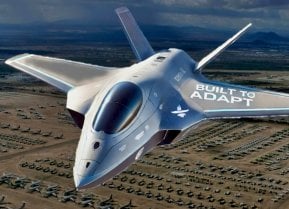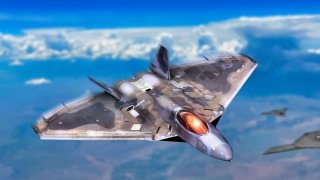Why the Air Force Needs 6th Generation NGAD 'System'
Relying solely on existing platforms like the B-21 or F-35 would undermine air superiority, highlighting the urgent need for NGAD to maintain the U.S.'s technological edge.
Summary and Key Points: Maintaining air superiority is critical for U.S. military success, especially against near-peer adversaries with advanced integrated air defense systems. The F-22 Raptor, with its unmatched stealth, speed, and situational awareness, exemplifies America’s air superiority capabilities, but the limited number of combat-coded F-22s and their aging structures necessitate the development of the Next Generation Air Dominance (NGAD) system.
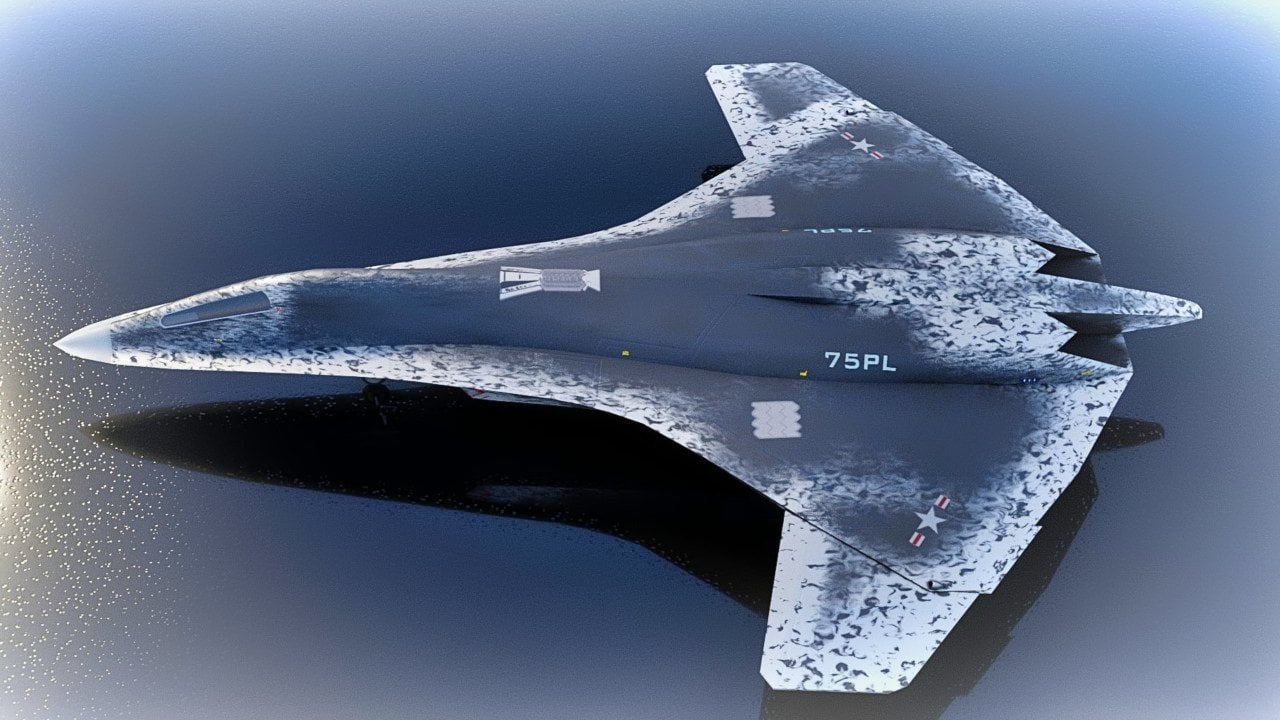
-NGAD, a family of systems including unmanned Collaborative Combat Aircraft (CCA), is essential for future conflicts.
-Relying solely on existing platforms like the B-21 or F-35 would undermine air superiority, highlighting the urgent need for NGAD to maintain the U.S.'s technological edge.
NGAD: The Future of U.S. Air Superiority in an Evolving Threat Landscape
I’ve been on both the sending and the receiving end of an AIM-120 Advanced Medium-Range Air-to-Air Missile.
I launched the missiles at great distances, heights, and speeds from an F-22 Raptor, among other platforms. At missile arrival, I would be in a position to confirm target destruction and follow up with an additional missile, if necessary, all without my presence being known by the adversary.
I also flew as an Air Force Aggressor pilot replicating adversary tactics in large-force exercises such as Exercise Red Flag. Despite my full knowledge of the F-22’s capabilities and tactics, I still found myself surprised when I would receive the “MiG 1, you’re dead” call.
This underscores the critical importance of maintaining air superiority. The U.S. cannot lose focus on what air superiority is. The U.S. Air Force’s Air University defines air superiority as the “degree of control of the air by one force that permits the conduct of its operations at a given time and place without prohibitive interference from air and missile threats.”
Unlike during the Gulf Wars and operations in Afghanistan, the United States’ ability to achieve air superiority is by no means guaranteed anymore. In a conflict against a near-peer adversary with a sophisticated integrated air defense system (IADS) and fighter force, air superiority will be limited in both geography and time, affected by a number of capabilities working in concert to permit the accomplishment of mission objectives.
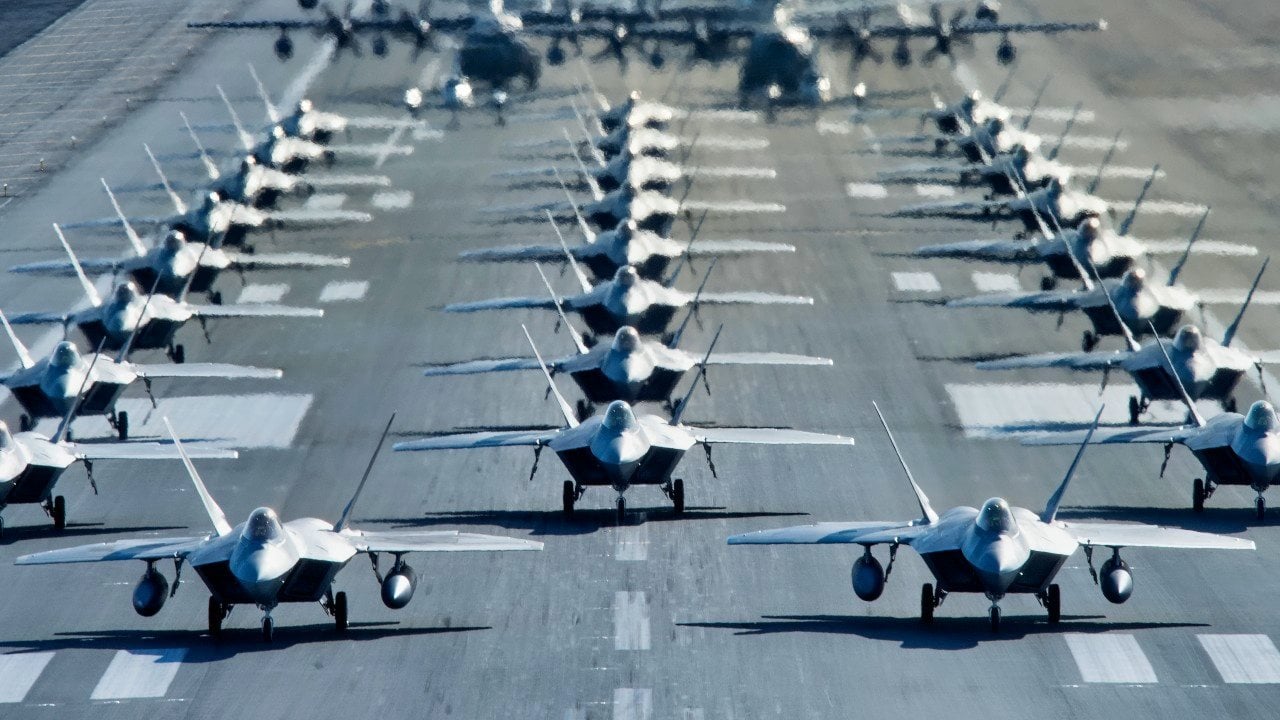
America’s most visible air superiority tool right now is the F-22 Raptor, whose combination of battlefield situational awareness, stealth, and speed results in adversary aircraft being targeted and destroyed with little to no awareness of an imminent threat, as highlighted above. Sadly, the inventory of 125 combat-coded F-22s is not sufficient. In the 1990s and early 2000s, the program saw a steady reduction in procurement numbers – not due to a change in the requirement, but rather a change in the political appetite for the plane, one which reflected a poor understanding of the capability it provided.
Even the limited number of F-22s available now will not be viable forever. As the platform meets its structural lifespan, its capabilities, despite upgrades, will become less effective as adversary capabilities and tactics advance and adapt. This is why the Air Force initiated the analysis of alternatives for the Next Generation Air Dominance (NGAD) capability in 2014. The “need date” for NGAD was the early 2030s – a date that is rapidly approaching, when considering design and procurement timelines for major weapons systems.
NGAD is designed around a so-called family of systems. It has the additional goal of being easily modifiable to incorporate new technologies over time and avert technological obsolescence. The so-called loyal wingman is one of the systems in the family. Today it is typically branded the Collaborative Combat Aircraft, or CCA: an unmanned combat air vehicle capable of flying in formation with NGAD, but also operating separately from the platform.
The ability to utilize CCAs in a contested aerial environment is a true gamechanger. The NGAD pilot can assess an airspace as too dangerous to venture into, yet send out and control one or multiple CCAs to destroy enemy IADS or attrite airborne platforms, among other tasks that would permit NGAD and additional forces to continue their mission.
Some may question why an NGAD capability is needed at all if we could simply send CCAs to accomplish the mission.
In his article in The National Interest, Peter Suciu asks just that, highlighting the cheaper cost and no-pilot-required misconception that CCA-only development would “seem like a win all around, and…it might not really require a sixth-generation aircraft. The technology could be employed with the still-in-development B-21 Raider and integrated with the F-35.”
This thinking misidentifies the B-21 and F-35 as suitable replacements for NGAD. They are not. Remember our definition of air superiority? The B-21 is a bomber. It lacks the speed and sensor capabilities to place itself in a threat area where it could employ CCA. Nor will a B-21 pilot be proficient in air-to-air and suppression of enemy air defense (SEAD) mission sets.
Similarly, the F-35 should not be confused as an F-22 stand-in. The F-35 is a strike fighter. Granted, it can fulfill air-to-air and SEAD missions, but its top speed is woefully deficient compared to the F-22, limiting its allowed proximity to adversary threats. The F-35 will also be facing its own technological obsolescence in the mid-2030s.
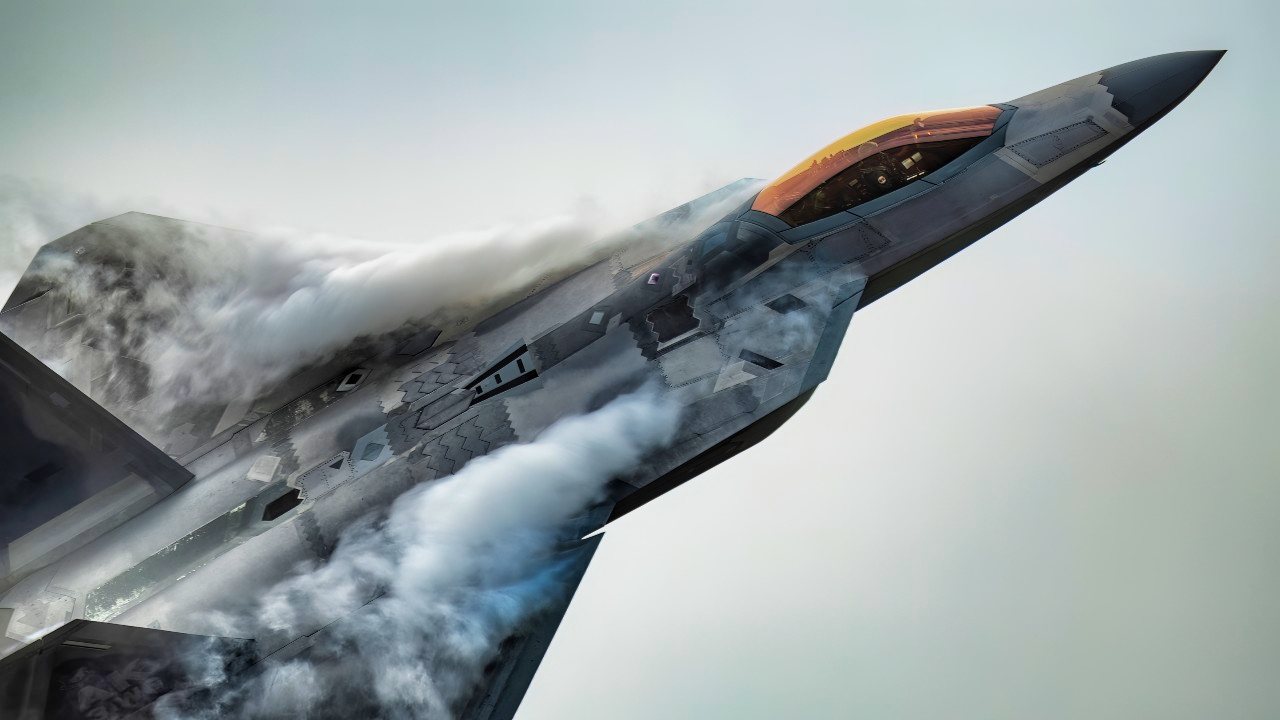
In another jab at proponents of NGAD, Mr. Suciu asks, “But why should we expect the Air Force – or the defense contractors to actually be content with what is now in service?”
Bafflingly, this question demonstrates the exact mentality that perpetuated the systematic reduction in capacity and in the procurement of assets that provide air superiority. We simply cannot be content with what is now in service. Being content means we lose our technological edge and our ability to project power in order to meet the goals of the National Security Strategy.
The nation requires air superiority if it is to win future conflicts against a near-peer. NGAD is the next technological evolution that will key a capability that has been woefully neglected through shortsighted political decisionmaking. We cannot afford to be content; the future depends on it.
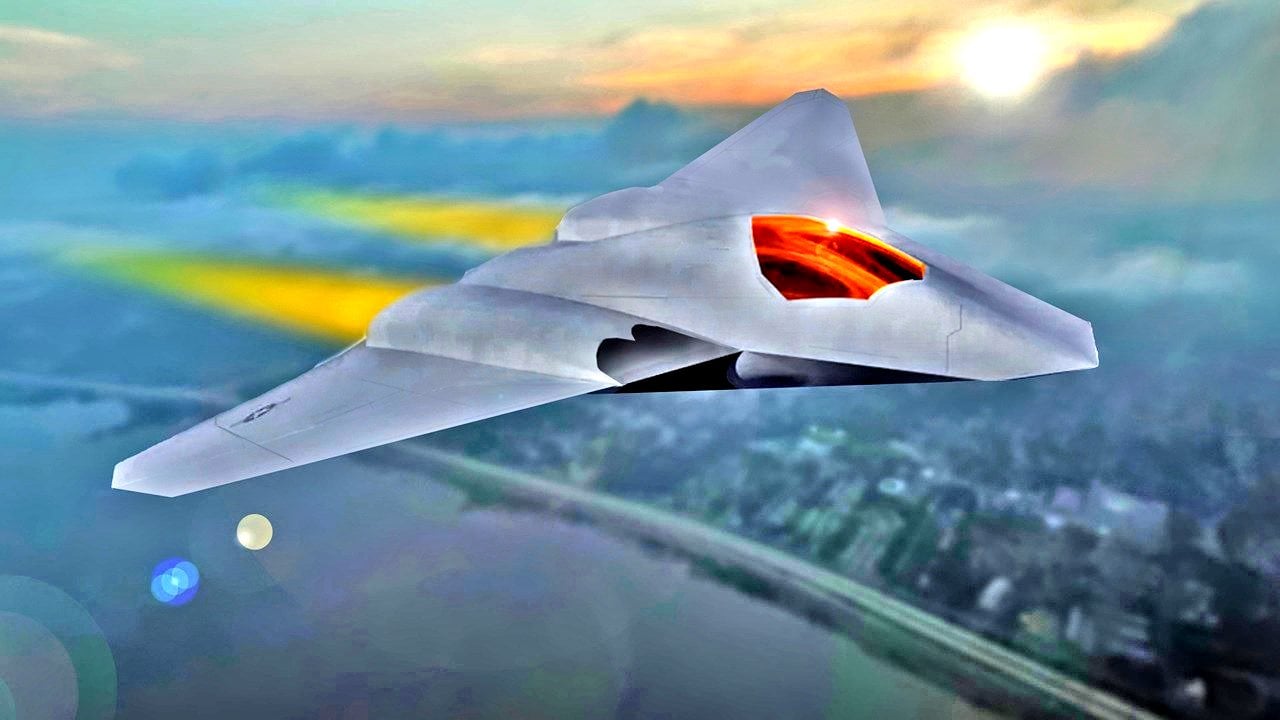
About the Author:
Dan Hingley is a retired Air Force fighter pilot with extensive experience flying and instructing in some of the world’s most advanced fighter aircraft, including the F-22, F-15C, and over 1,000 hours in the F-35A/C. During his tenure at the Pentagon, he played a key role in securing validation of the Initial Capabilities Document for the Next Generation Air Dominance program.
Image Credit: Creative Commons and/or Shutterstock.
